Description
Caring for your Anthurium bakeri
Anthurium bakeri, commonly known as the “Strap-Leaf Anthurium,” is a unique and exotic houseplant that hails from the lush rainforests of Central and South America. This plant is cherished for its long, strap-like leaves, which give it a distinctive appearance compared to other Anthurium species. If you’re looking for a hardy, low-maintenance addition to your indoor plant collection, the Anthurium bakeri is a fantastic choice. This care guide will cover everything you need to know to keep your Anthurium bakeri healthy and thriving.
Light
Anthurium bakeri thrives in bright, indirect light, mimicking the dappled sunlight found under the forest canopy in its native habitat. Direct sunlight can scorch the leaves, causing them to turn yellow or develop brown spots. A location near an east or north-facing window, where it can receive morning or filtered light, is ideal. If natural light is limited, consider using a grow light to supplement. Anthurium bakeri can tolerate lower light conditions, but its growth may slow down, and it may produce fewer flowers.
Water
Consistent moisture is key for the health of Anthurium bakeri, but it is important to avoid overwatering, which can lead to root rot. The plant prefers its soil to be kept slightly moist but never waterlogged. During the growing season (spring and summer), water when the top 1-2 inches of soil feel dry to the touch. In the dormant period (fall and winter), reduce watering frequency, allowing the soil to dry out a bit more between waterings. Always use a pot with drainage holes to prevent water from sitting at the bottom.
Humidity is crucial for the Anthurium bakeri. It prefers humidity levels of 60% or higher, which can be achieved by using a humidifier, placing the plant on a pebble tray with water, or misting the leaves regularly. High humidity helps prevent the leaves from drying out and developing brown edges.
Soil
Anthurium bakeri requires a well-draining, aerated potting mix that allows for both moisture retention and good airflow around the roots. A mixture of orchid bark, perlite, and peat moss or coco coir works well. The orchid bark provides structure and drainage, while the peat moss or coco coir retains moisture. You can also add some charcoal to the mix to help with drainage and root aeration. Avoid using heavy garden soil, as it tends to retain too much water and compacts easily, leading to poor root health.
Fertilization
Feeding your Anthurium bakeri with a balanced, water-soluble fertilizer will promote healthy growth and vibrant foliage. During the growing season, fertilize every 4-6 weeks with a fertilizer that has equal parts nitrogen, phosphorus, and potassium (such as a 20-20-20 formula). Make sure to dilute the fertilizer to half or even a quarter of the recommended strength to avoid over-fertilizing, which can cause leaf burn. In the fall and winter, reduce feeding to once every 2-3 months, as the plant’s growth slows down.
Pruning and Maintenance
Regular pruning helps maintain the plant’s appearance and encourages healthy growth. Remove any dead, yellowing, or damaged leaves by cutting them off at the base using sterilized pruning shears. This not only improves the plant’s look but also reduces the risk of pests and diseases. Periodically check for dust on the leaves and gently wipe them with a damp cloth to keep them clean and to allow the plant to breathe properly.
Propagation
Anthurium bakeri can be propagated through division or stem cuttings. The best time to propagate is during the spring or early summer when the plant is actively growing. To propagate through division, carefully remove the plant from its pot and separate the root clumps, ensuring each section has healthy roots and a few leaves. Replant each division in a well-draining potting mix.
For propagation via stem cuttings, choose a healthy stem with at least two nodes and cut just below a node. Place the cutting in water or moist sphagnum moss, keeping it in a warm, bright area until roots develop. Once the roots are established, transfer the cutting to a pot with well-draining soil.
Pest and Disease Management
Anthurium bakeri is relatively pest-resistant, but it can occasionally fall prey to common houseplant pests such as spider mites, aphids, mealybugs, and scale. Regularly inspect your plant, especially on the undersides of leaves, and treat any infestations promptly. You can use insecticidal soap, neem oil, or a mixture of water and mild dish soap to remove pests. To prevent diseases such as root rot and leaf blight, avoid overwatering and ensure proper air circulation around the plant.
Note: Like other Anthurium species, Anthurium bakeri is toxic to pets and humans if ingested due to its calcium oxalate crystals. It can cause irritation, swelling, and discomfort in the mouth and throat. Keep the plant out of reach of children and pets, and always wash your hands after handling the plant or use gloves.

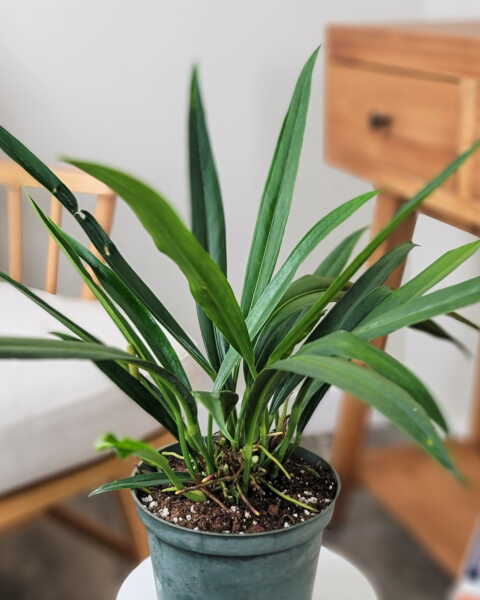
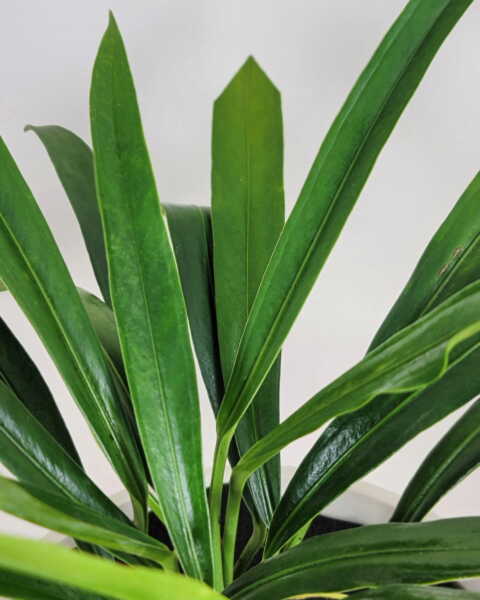
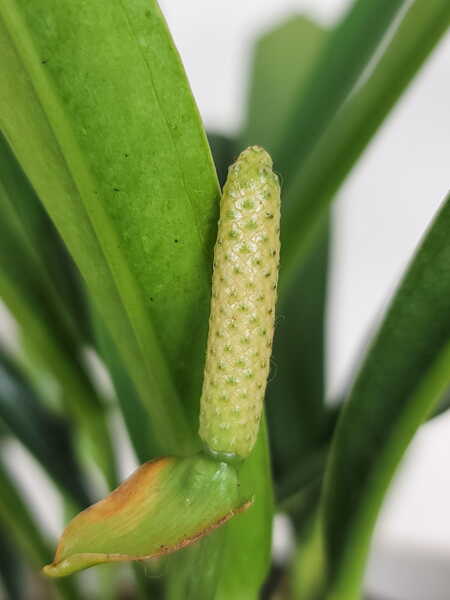
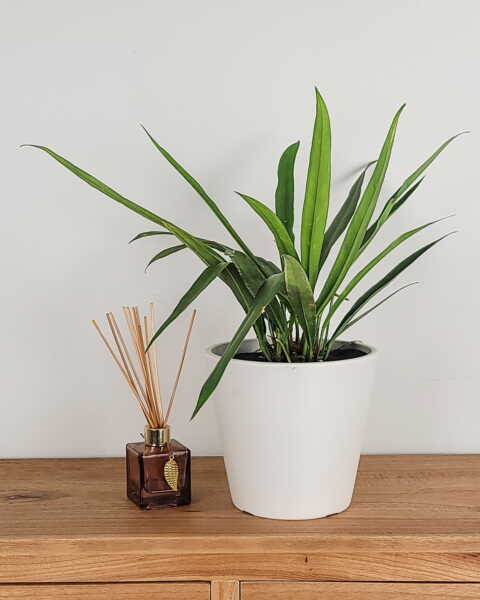

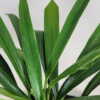
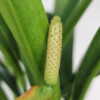

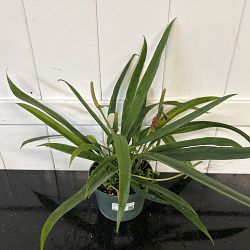
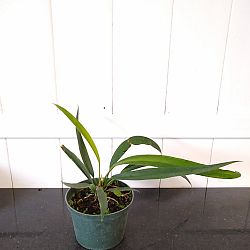
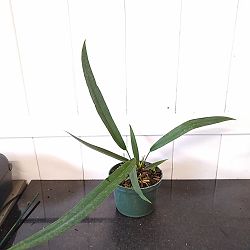
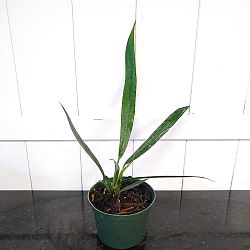


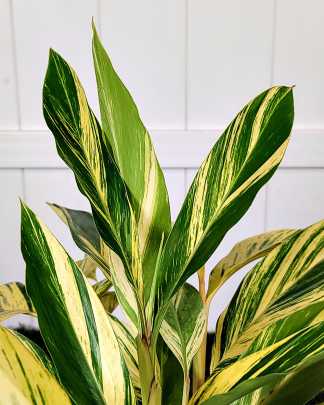
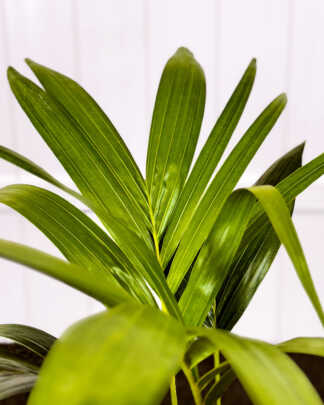
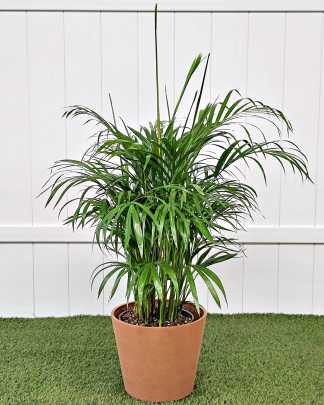
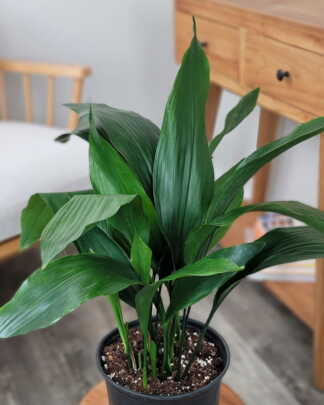





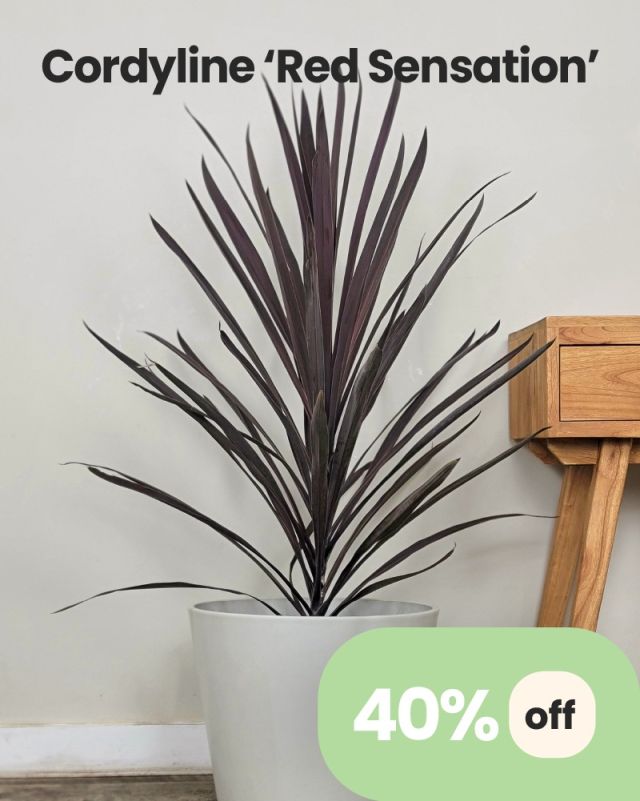

Karl H. (verified owner) –
Nice plant